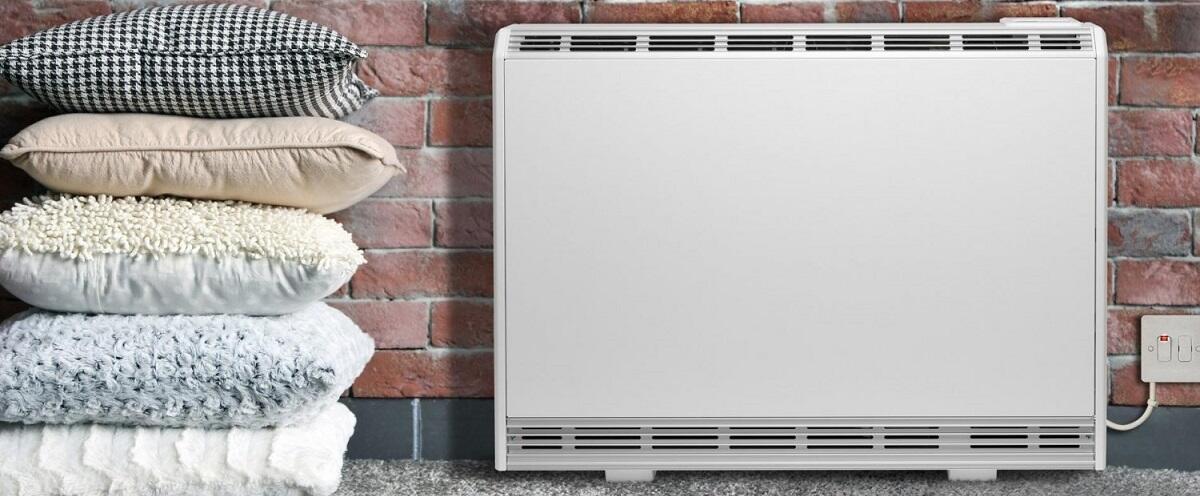What is the difference between manual and automatic storage heaters?
February 28, 2019 Paul

From the swinging sixties to present day, the electric storage heater has been a loveable addition to the home. Effective, reliable, retro, the storage heater has gained a somewhat nostalgic following.
The model has experienced multiple revolutions, including a move into digital control and personalised settings. Most recently the market has had to adhere to new environmental regulations and the storage heater has seen a technological transformation.
Both manual and automatic storage heaters are widely sought after, but, what is the difference between them?
Manual
Its roots reaching back as early as Thomas Edison, the first marketed domestic storage heater was produced by Dimplex in 1961. With electricity usage soaring in the sixties, storage heaters eased the demand by working overnight to slowly store heat. They could then manually be activated when needed, saving both the supplier and operator money.
Manual storage heating suffered from its necessity on the homeowner remembering to actively use it and successfully predict when they would most need it. Designed to be economical, manual storage heaters could quickly run out of energy in the coldest temperatures. Economy 7’s off peak electric tariffs saw a rise in electric storage heater sales however they again went out of fashion as the electricity companies were privatised.
Throughout the century, more modern heating systems were marketed heavily and took over. The technology was not available to help storage heaters adapt and alternative methods became more prominent.
Automatic
Automatic storage heaters work for a very similar purpose to manual storage heaters; they store energy when they are not being used and can radiate heat when called upon. Their design changed only slightly through the turn of the century, with their heavy bulky build becoming a staple storage heater look.
Comparatively, automatic storage heaters included extra levels of control and the ability to automatically regulate their input. The heater would record its energy usage per day and only intake enough energy needed to match the output the following day.
But with the rise of homeowners working during normal office hours and increased single-resident living, a heating system which released heat during the day became unbeneficial. Additionally, an automatic storage heater’s ability to reverse and charge during the day missed out on cheaper energy tariffs.
Storage heaters still found fan-favourites in the elderly and pensioner population, but more cost-effective options were given the limelight.
Moving forward
Storage heaters are still an excellent energy-efficient option for inexpensive residential or commercial heating. Their bulky design has been on a diet plan and they’ve seen a technological renovation.
Due to the Ecodesign Directive, institutions and businesses have recently had to improve the environmental performance of their products. From 37 regulations activated in January 2018, storage heaters were affected by Lot 20, a legislation which ruled a change to the energy-efficiency and water and space usage of our domestic heaters.
In compliance, Heater Shop provides eco-friendly storage heaters as a perfect replacement. Our new stylish heaters have smart onboard controls allowing you to manually activate the heating precisely when you need it. They also have automatic regulating technology, including 7-day timers and reactive inbuilt hardware. Many models include the latest energy-saving features and WIFI accessibility, they can also include open window detection and child-lock for complete automated control.
For high quality storage heating solutions, take a look at some of our suggested products below.









